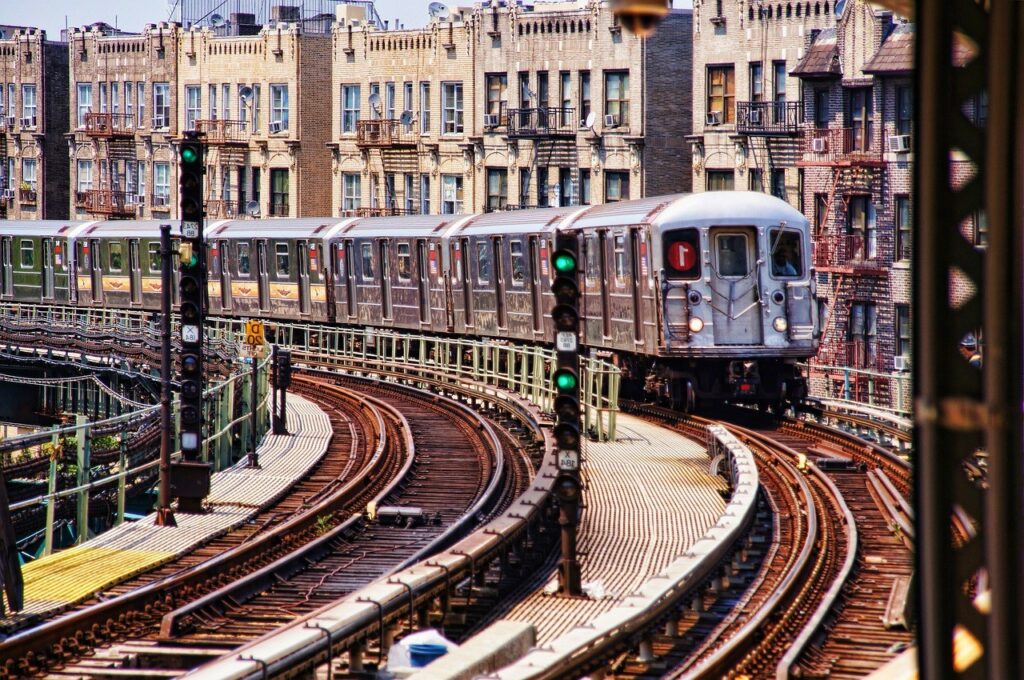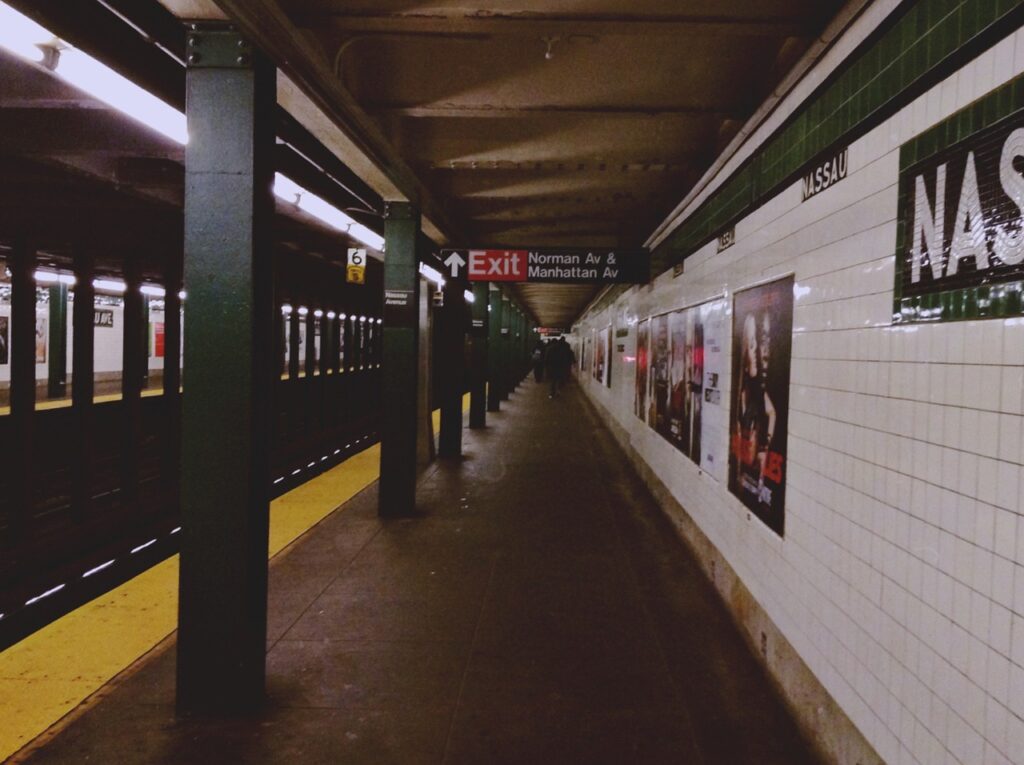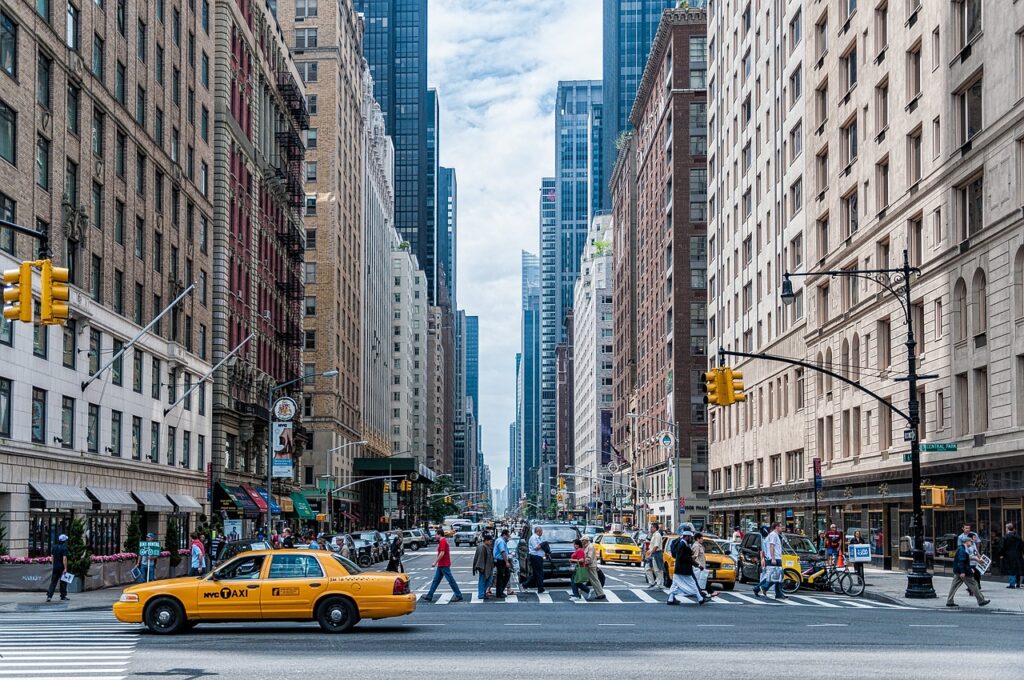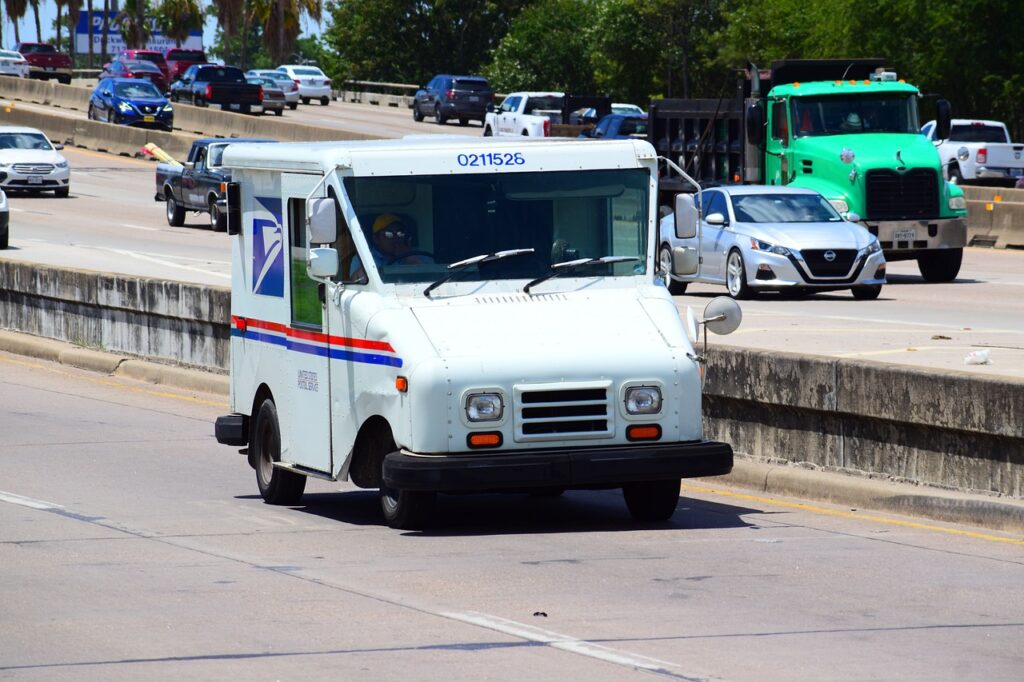As we step into the summer of 2023, there are several key changes and possible disruptions in New York’s transportation landscape that travelers and tourists need to be aware of. While there are no immediate strikes scheduled, there are potential labor disputes brewing which could impact the city’s transportation in the future.

Potential Metro-North Railroad Strike
One of the most significant concerns is a potential strike by the electrical workers of the Metro-North Railroad, the second busiest weekday commuter railroad in the U.S. The unions representing these workers, including the International Brotherhood of Electrical Workers (IBEW), have voiced their dissatisfaction with ongoing contract negotiations that have been in progress since 2019. The workers are upset about disparities in compensation between themselves and their counterparts on the Long Island Rail Road.
The unions are now considering a strike, with union members currently voting on whether to approve such action. However, it’s important to note that any strike is not imminent and would likely be at least a year away from now. The process towards a strike is a long one, involving attempts to resolve the dispute, mediation, and cooling-off periods.
In the event of a strike, it’s anticipated that other unions such as the Transport Workers Union would also refuse to cross the picket lines, potentially causing a significant disruption to the Metro-North service.
The last strike on Metro-North was back in 1983, and it led to a 42-day halt in service. While this may sound alarming, it’s important for travelers to note that any potential strike is not immediate and would likely come with significant notice.
MTA Subway Service Changes
While the potential strike is a concern, there are also significant changes to the MTA subway service that travelers should be aware of. In response to post-COVID travel needs and changing ridership patterns, the MTA has announced schedule changes for several subway lines.
Increased scheduled trips will be added to the G, J, and M lines on weekends, improving headways by up to 2 minutes. The A and C lines will also start express/local rush hour service earlier on weekdays, which will primarily benefit riders in eastern Queens and the Rockaways.

To accommodate these changes, strategic reductions to scheduled trips will be made on Mondays and Fridays for the 1, 6, 7, E, F, L, and Q lines. This is in response to a consistent trend of lower ridership on these days due to the growth of hybrid office work.
These changes are expected to take effect in June 2023, so travelers and tourists planning to visit New York City this summer should plan their itineraries accordingly.
Travelers and tourists to New York City in 2023 should keep these potential changes and disruptions in mind while planning their trips. It’s always wise to stay informed about the latest news and updates on the city’s transportation systems to ensure a smooth and enjoyable visit to the Big Apple.
Please note that while I have provided the most current information available, the situation may change, and it is advisable to monitor local news sources or official transportation websites for the most accurate, up-to-date information.
Anticipated Transportation Strikes in New York, 2023: What You Need to Know
New York, a city known for its hustle and bustle, has faced various challenges in its transportation sector. As we move into 2023, a few significant changes and potential disruptions stand out.
xFirstly, the Metropolitan Transportation Authority (MTA) has announced schedule changes for specific subway lines to better meet the post-COVID travel needs of New Yorkers. The changes include increased scheduled trips on the G, J, and M lines during weekends, and an earlier start to weekday A and C express/local rush hour services. However, to make these additional trips possible, strategic reductions have been planned on Mondays and Fridays for the 1, 6, 7, E, F, L, and Q lines. These changes reflect a consistent lower ridership on Mondays and Fridays, which has shown to recover slower than mid-week days due to the growing trend of hybrid office work. The changes are expected to be implemented in June 2023.
However, the city might face a significant disruption in its transportation network due to potential strikes. Unions representing over 1,000 Metro-North Railroad workers, the country’s second-busiest weekday commuter railroad, are beginning to discuss a possible strike. The workers have been involved in contract negotiations with the MTA since 2019. The key issue is a wage disparity that the unions claim exists between the Metro-North workers and their counterparts on the Long Island Rail Road.

The International Brotherhood of Electrical Workers (IBEW), which is one of the unions representing Metro-North workers, has sent letters to its members asking them to vote on the potential strike. If the IBEW goes on strike, the Transport Workers Union (TWU) has stated that they will not cross the picket lines, effectively halting the ability to run trains.
However, the process leading to a potential strike is complex and not immediate. The workers first have to vote to approve a strike. If approved, the union would request the National Mediation Board to release them from the mediation process. Only then, after a 30-day cooling-off period, could a strike potentially occur. Therefore, if a strike is to happen, it is likely to be at least a year away from now. It’s worth noting that the last strike in Metro-North history occurred back in 1983, when a 42-day walkout forced riders to seek alternative means of transportation.
Thus, while the transportation landscape in New York is facing substantial changes and potential disruptions, the process is drawn-out and complex. As for now, the city’s residents and visitors will need to stay alert to updates on both the upcoming subway schedule changes and the potential Metro-North strike.
Unfortunately, I was unable to find information on any additional upcoming transportation strikes in New York. If there are further developments or if other transport unions announce potential strikes, those could be significant for the city’s transport landscape as well.
Please be aware that this situation is dynamic, and the actual outcomes might differ. Stay tuned to local news and the MTA’s official announcements for the most accurate and current information.
UPS Workers Poised for Potential Strike in Summer 2023
As summer 2023 approaches, the specter of transportation strikes looms over the United States, particularly in New York, one of the nation’s busiest transport hubs. At the forefront of these potential labor stoppages is the United Parcel Service (UPS), where ongoing contract negotiations with the Teamsters Union may culminate in a strike.
The Teamsters Union, representing 350,000 UPS workers, is prepared to strike if a new contract agreement is not reached by July 31, 2023, the expiration date of the current contract. This would threaten the delivery of millions of parcels nationwide and disrupt the supply chain at a time when it is still recovering from the effects of the COVID-19 pandemic.
The union leadership is taking a hard-line stance on pay, scheduling, and other issues. They intend to win the best contract for UPS members and set new standards for wages and benefits in the industry by August 1, 2023.
On the other hand, UPS has expressed a strong desire to reach a mutually beneficial agreement. The company touts its employee benefits and long-standing relationship with the Teamsters, aiming for an agreement that benefits the union, the company, and the customers.

Negotiations are expected to commence in April, with various proposals for the Master Agreement under review by the Teamsters’ UPS National Screening Committee1. The union is mainly looking to address scheduling issues that have arisen due to increased package volumes resulting from the pandemic. Some drivers claim they are forced into working a sixth day or taking “excessive overtime.” The union is also aiming to eliminate pay discrepancies between full-time drivers and 22.4 combination drivers, who are employees typically making deliveries on a Tuesday-through-Saturday schedule. They are also seeking a pay increase for all members but have not specified an amount.
The likelihood of a strike depends on the outcome of these negotiations. If an agreement is not reached by the contract’s expiration, the Teamsters are ready to strike. The last UPS strike took place in 1997, with 185,000 Teamsters halting deliveries for over two weeks. The risk of a strike is considered the highest it has been since that time.
The potential impact of a strike would be significant. UPS employs roughly 534,000 employees worldwide, with 350,000 represented by the Teamsters. A strike would disrupt the company’s network and potentially create issues for other carriers like FedEx, as shippers would likely divert their deliveries to alternatives. UPS’s U.S. ground delivery network handled more than 17 million packages daily on average in 2021, representing 24% of the parcel delivery market share by volume.